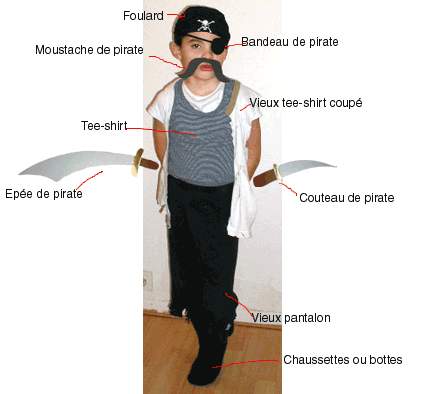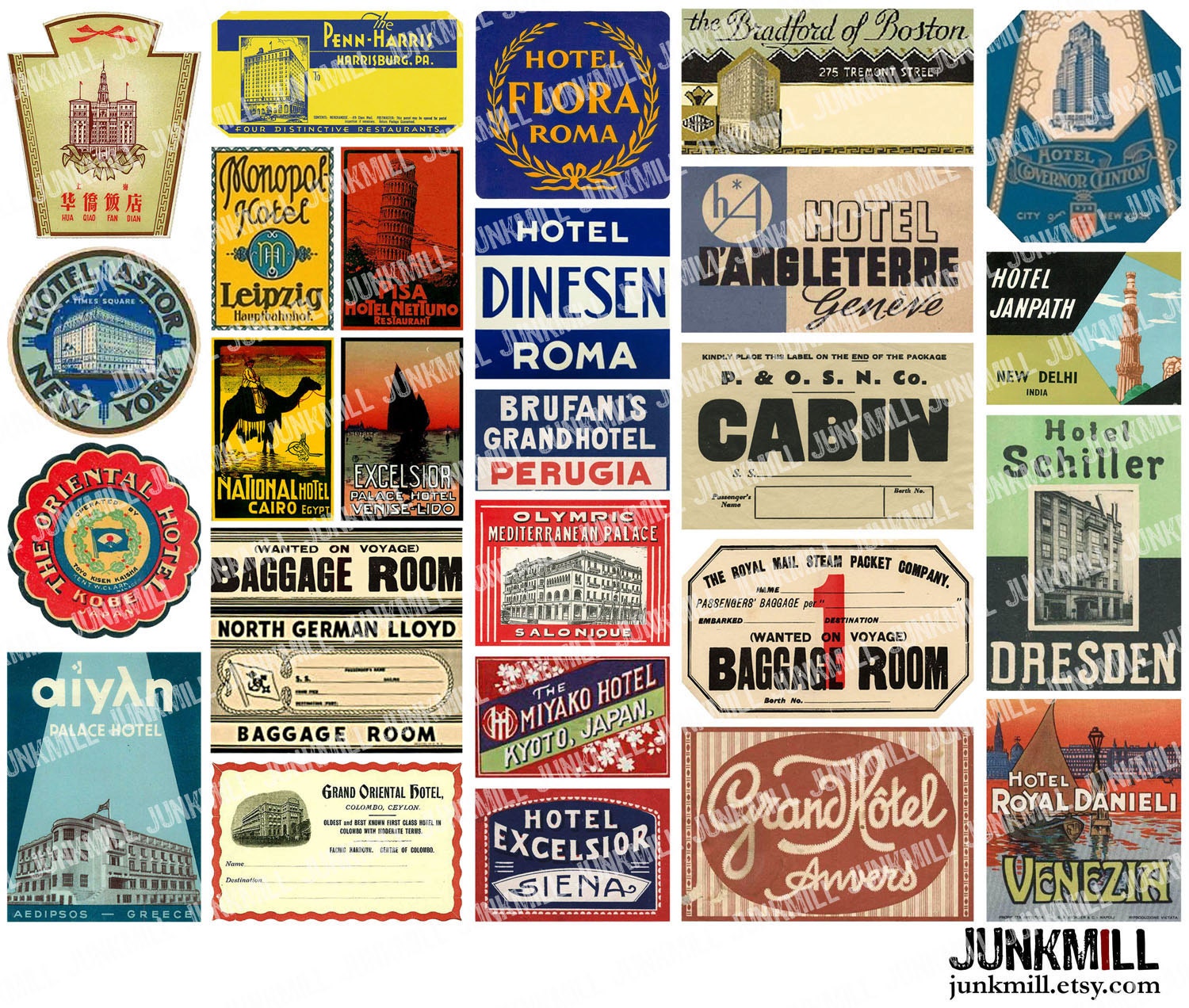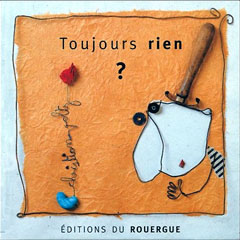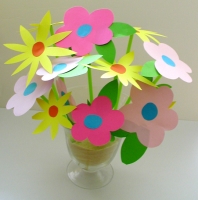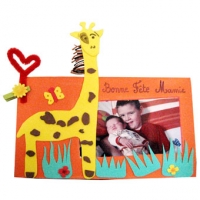Today I am working with a school getting ready for next half term French language learning in KS2. the KS1 staff are keen to be involved and as our first focus will be Bonfire night I am going to introduce them to the simplest of songs using colours that they can practise and perform with their KS1 classes!
It allows teachers to practise four colours in the target language with the children: blue,red.orange and yellow
Each colour is a rocket firework - so we have made them sound like they are zooming off in to the sky . If you are a network member or coming along to DfE CPD then there is a simple sound file too to help - but really it's probably not needed here.
We have used the song "The Farmers in his Den" to fit the French and Spanish words to a familiar tune
You could decide to add more too and the children could think of the sounds for these colours too!
You will need coloured rocket cards like these:
- Practise the colours of the rockets with the children, play familiar games like hot and cold hide and seek and detectives in the room- who is hiding the colour.
- Practise the sounds of the colours zooming off in to the sky on Bonfire Night
- Sit the children on the carpet in front of you and play the tune of "The Farmers in his Den" and pass the coloured rocket cards around the children .When the music stops- can the children holding the cards tell you the colour? Start the song again and continue the game.
- Now you are ready to practise the key phrase : les feux d'artifice ( in French) and los fuegos artificiales (in Spanish) and die Feuerwerke (in German). Practise and add clapping for each syllable and the rhythm .
- Make the clapping and the spoken words sound like pretty fireworks in the sky etc!
- Practise the target language Firework Song below (to the tune of The Farmer's in his Den" with the children and ask them to make the colour repetition sound like fireworks disappearing in to the sky.
- Now your class is ready to perform the song.
- Ask the children to stand in a circle and give the coloured rocket cards to four children.Can they remember the colours in the target language. As a class sing the song and when the children hear the colour of the firework if they are holding the card they can either pass the card on to the next child and the next child and the next child until the song moves on or the child holding the card can make the firework rocket move and dart up in to the sky.
- You may even have a class assembly song and performance here too!
Firework Songs in French and Spanish
French
Les Feux d’artifices
Les Feux d’artifices
Les Feux d’artifices
Rouge, rouge, rouge, rouge!
Les Feux d’artifices
Les Feux d’artifices
Les Feux d’artifices
Bleu, bleu, bleu, bleu!
Les Feux d’artifices
Les Feux d’artifices
Les Feux d’artifices
Vert, vert, vert, vert!
Les Feux d’artifices
Les Feux d’artifices
Les Feux d’artifices
Jaune, jaune, jaune, jaune!
Les Feux d’artifices
Les Feux d’artifices
Les Feux d’artifices
Orange, orange, orange, orange!
Les Feux d’artifices
Spanish
Los Fuegos Artificiales
Los fuegos artificiales
Los fuegos artificiales
İRojo, rojo, rojo , rojo!
Fuegos artificiales
Los fuegos artificiales
Los fuegos artificiales
İAzul azul azul azul!
Fuegos artificiales
Los fuegos artificiales
Los fuegos artificiales
İVerde, verde, verde, verde!
Fuegos artificiales
Los fuegos artificiales
Los fuegos artificiales
İAmarillo, rillo,rillo!
Fuegos artificiales
Los fuegos artificiales
Los fuegos artificiales
İNaranja, ranja, ranja, ranja!
Fuegos artificiales
German
Die Feuerwerke
Die Feuerwerke
Blau,blau,blau,blau
~Die Feuerwerke
Die Feuerwerke
Die Feuerwerke
Rot,rot,rot,rot
die Feuerwerke
Die Feuerwerke
Die Feuerwerke
Gelb,gelb,gelb,gelb
Die Feuerwerke
Die Feuerwerke
Die Feuerwerke
Orange,range,range,range
Die Feuerwerke













